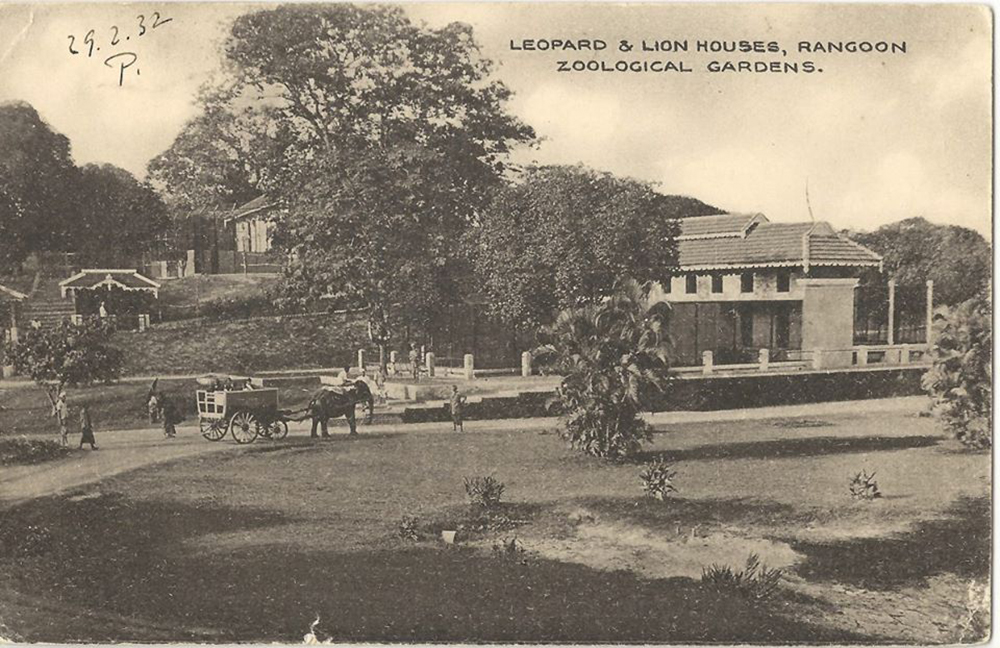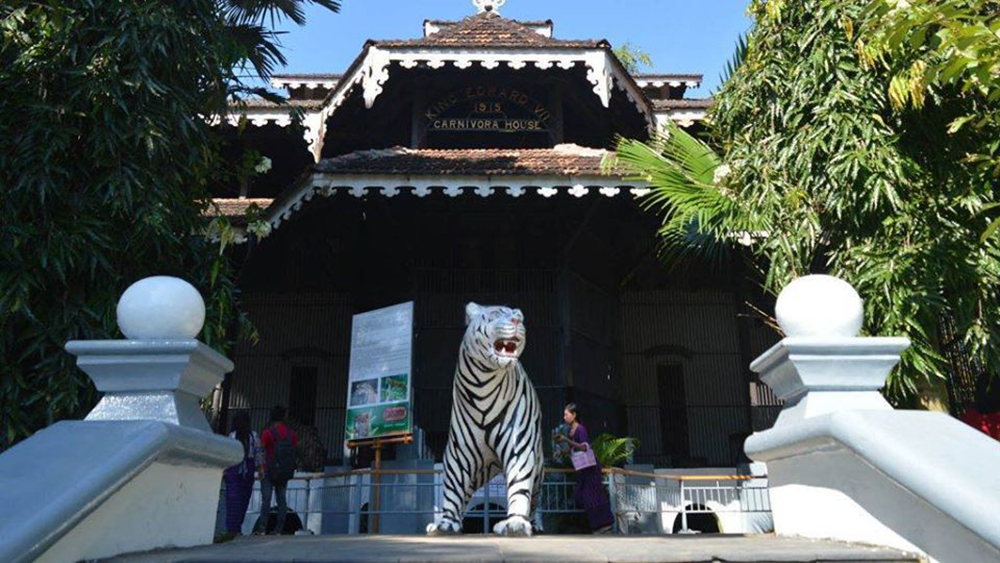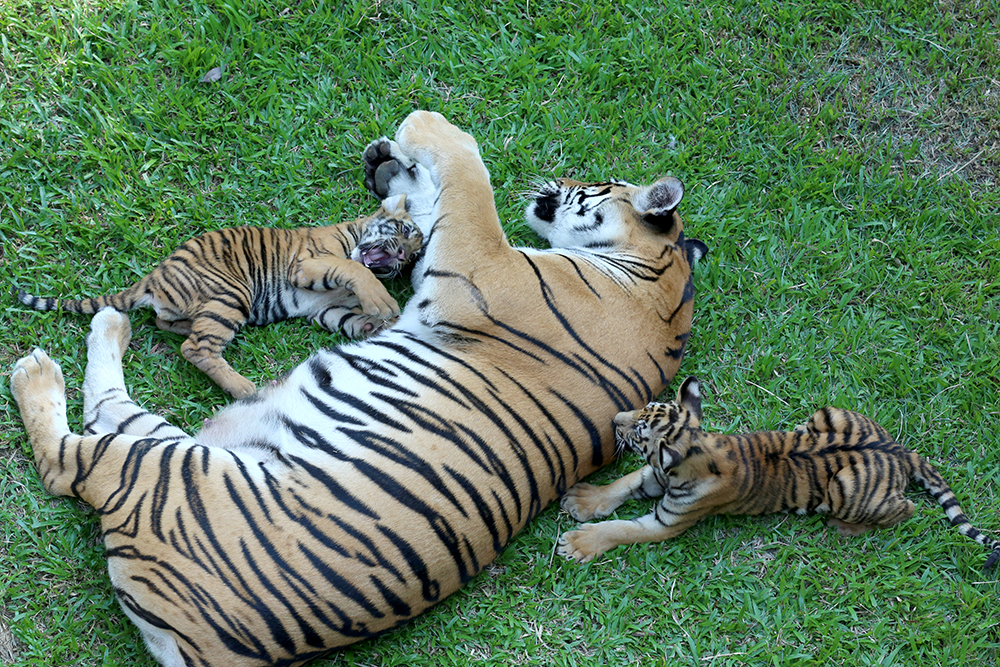Yangon – Yangon Zoo is the oldest in Southeast Asia at 114 years old. It was commissioned in 1901 as a memorial to the late Queen Victoria, at a cost of 240,000 rupees collected from the population.
The opening ceremony of the then Victoria Memorial Park and Zoological Gardens was held on Jan. 13, 1906, and attended by the Prince and Princess of Wales.
The site in Mingalar Taung Nyunt Township was previously dotted with lakes and used for dhobi, the Indian term for clothes washing.
The area was reclaimed and animals were moved from a makeshift zoo near Yangon’s hospital.

The 17-hectare site was managed by a team from Calcutta (now Kolkata) in British-controlled India. Rare species were displayed and the highlight was King Thibaw’s white elephant, which died in 1910.
The site was damaged during World War II along with other landmarks in Yangon and the zookeepers fled. Some animals were killed for food or stolen for money.
However, some animals were cared for by zoo staff elsewhere and returned later.
A rare Indian rhino, presented by Nepal in 1938, was poached along with other animals and reportedly killed for its horn, blood and flesh.
The zoo reopened under Japanese rule and after independence in 1948 it was renamed Rangoon Zoological Gardens and Park.

Tigers, elephants, antelopes, hog deer, barking deer, wild boar, leopards, takins, bears, ostriches, giraffes, rhinoceroses, cheetahs and chimpanzees were exhibited.
Wildlife books were also published by the zoo. The Natural History Museum and park were added to the zoo later.
In 2008, many animals were moved to Naypyitaw Zoological Gardens in the new capital.
Under President U Thein Sein, the zoo was leased to Htoo Trading Co. owned by crony U Te Za. The firm is currently looking to extend the lease.
President’s Office Minister U Soe Thein revealed plans to move the zoo to the outskirts of Yangon, sparking protests.

In 2018, the 103-year-old tiger enclosure, Carnivora House, the oldest surviving building, was fitted with a blue plaque by Yangon Heritage Trust.
The Elephant Museum, which aims to raise awareness about poaching and the dwindling elephant population, was opened in 2019.
The country has three zoos – in Yangon, Mandalay and Naypyitaw – and Yangon’s 57-acre (23-hectare) zoo is the second-largest.
Zoo administrator U Moe Kyaw Thu said around 1,500 animals from 136 species, including 47 species of mammals, 68 bird species, and 21 reptile species, are housed at the zoo.

The most popular is the 66-year-old female elephant Mo Mo, who arrived in 1961. The crowd favorite is a highlight for her performances and has taken part in several national ceremonies, including parades held to mark the arrival of a Buddha tooth from China.
You may also like these stories:
Myanmar Archaeologists Object to Construction Near Ancient Pagodas in Bagan
The Day Myanmar’s Oil Workers Downed Tools

















